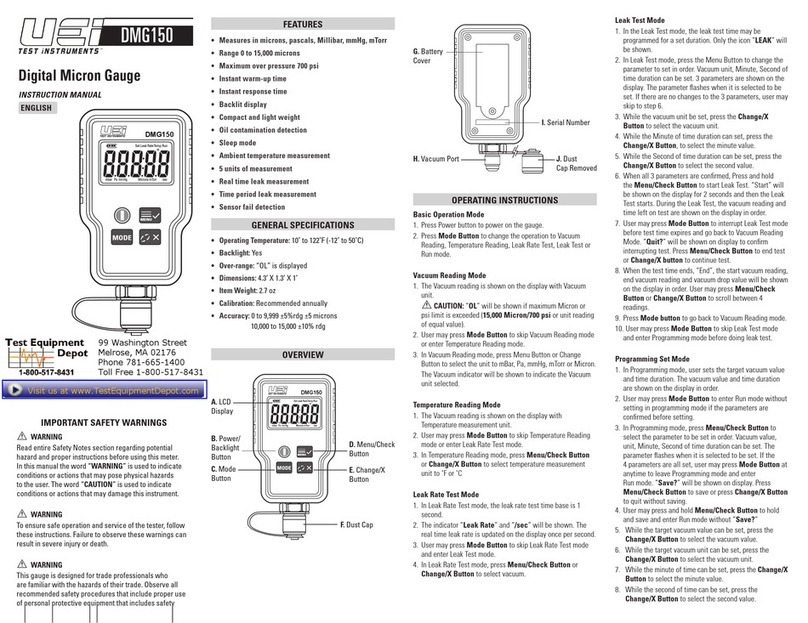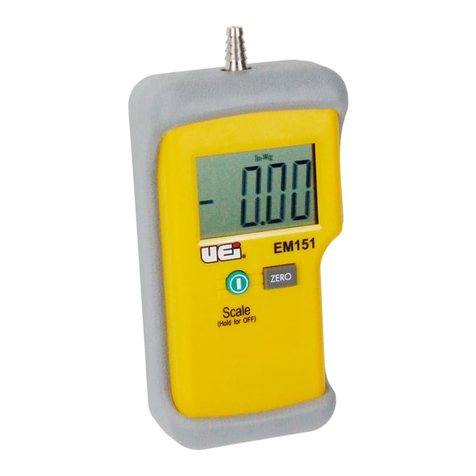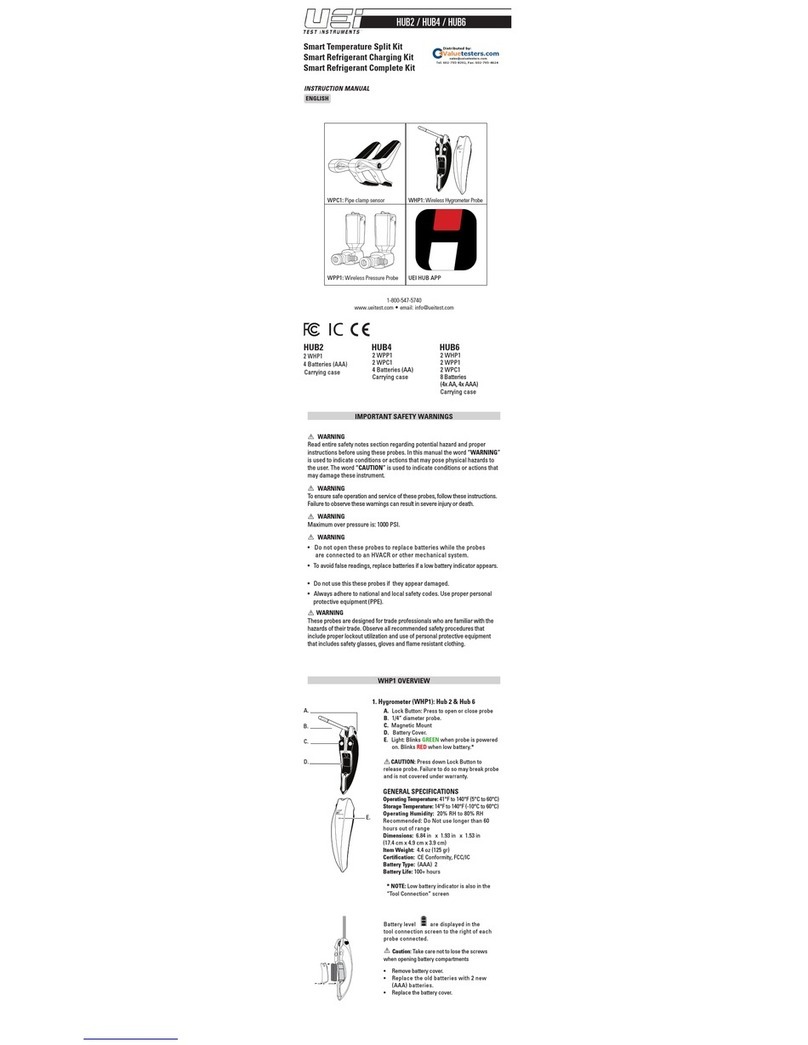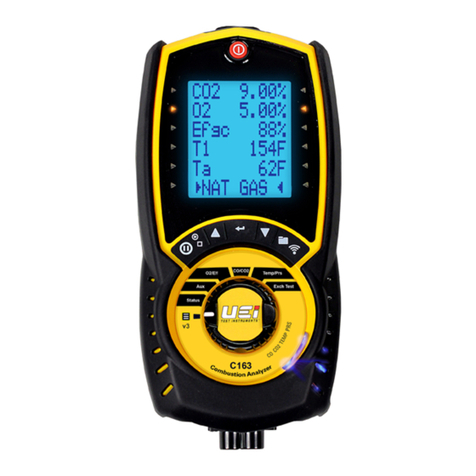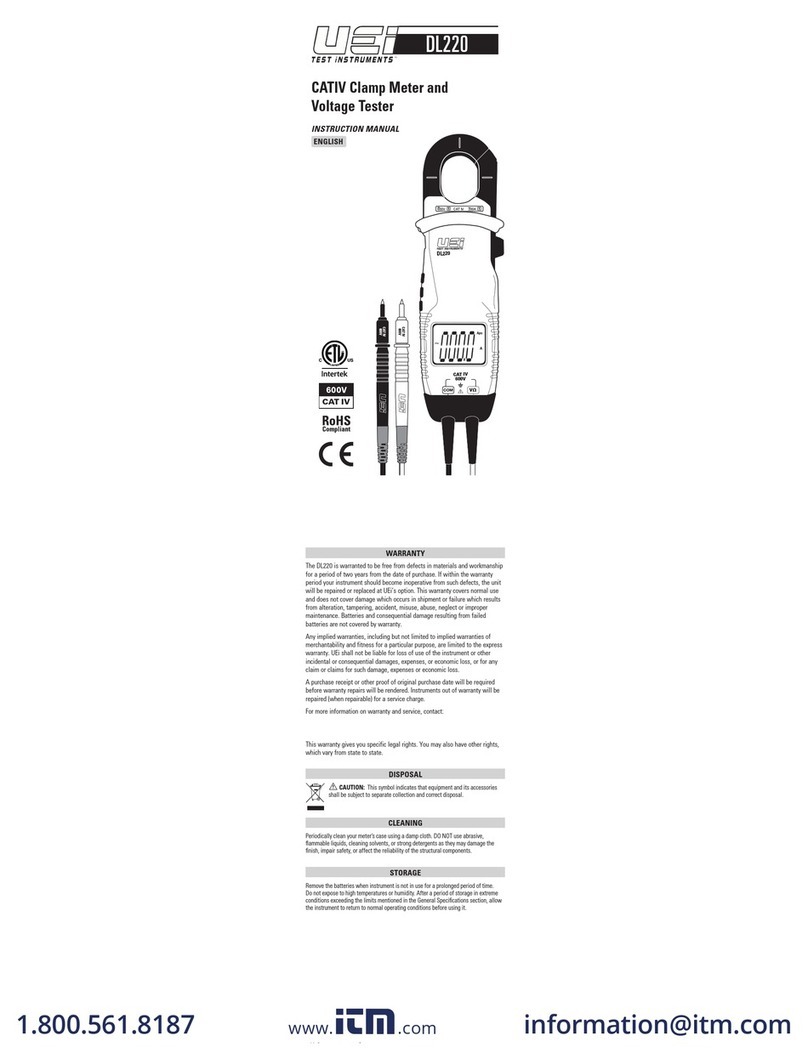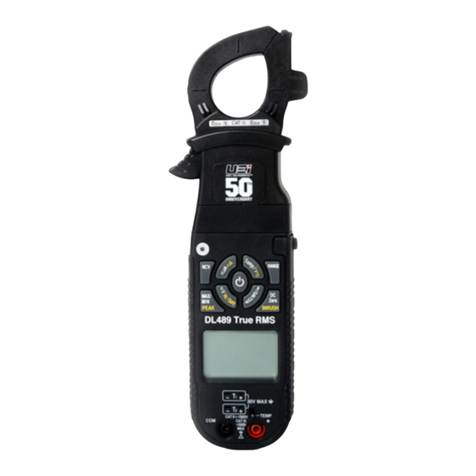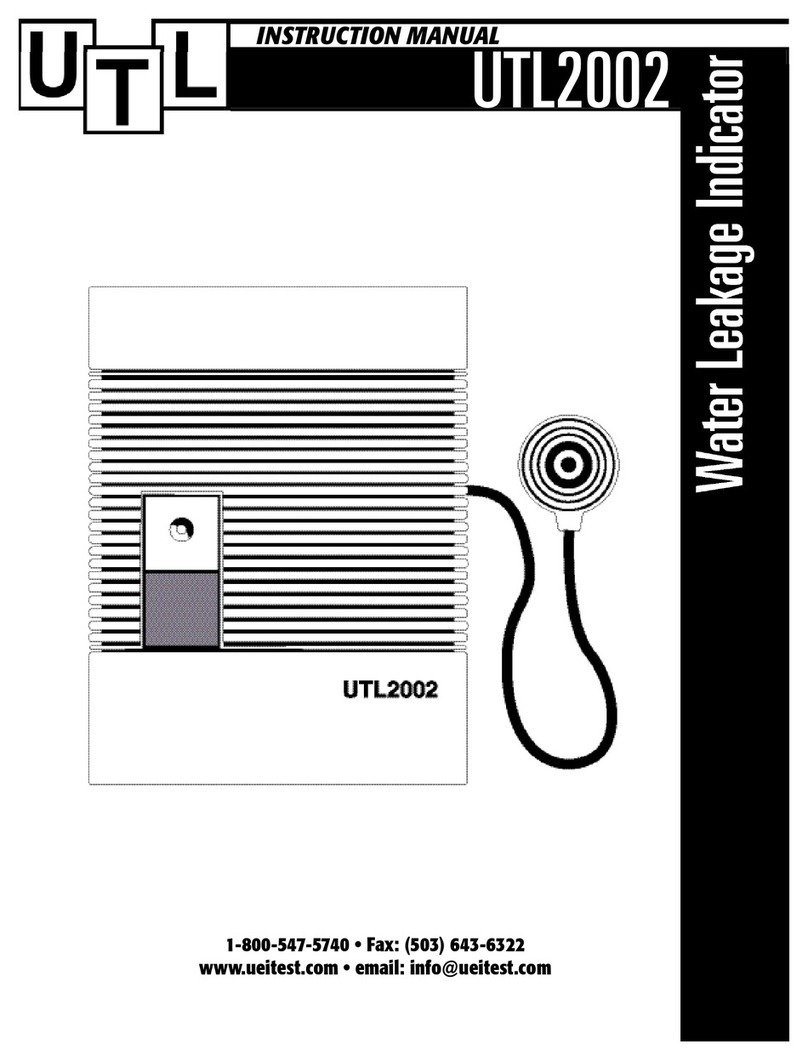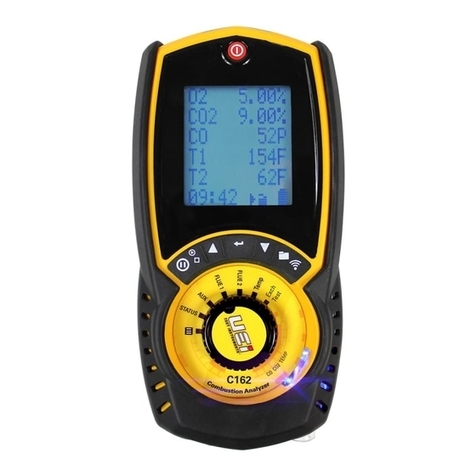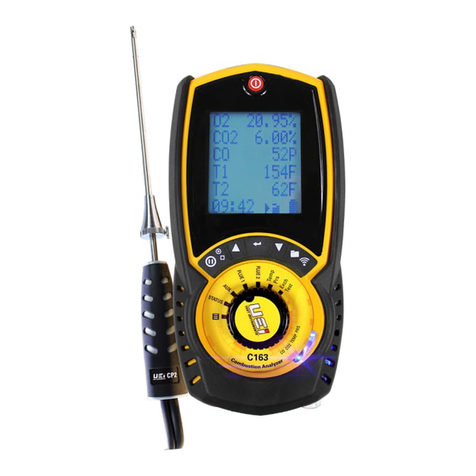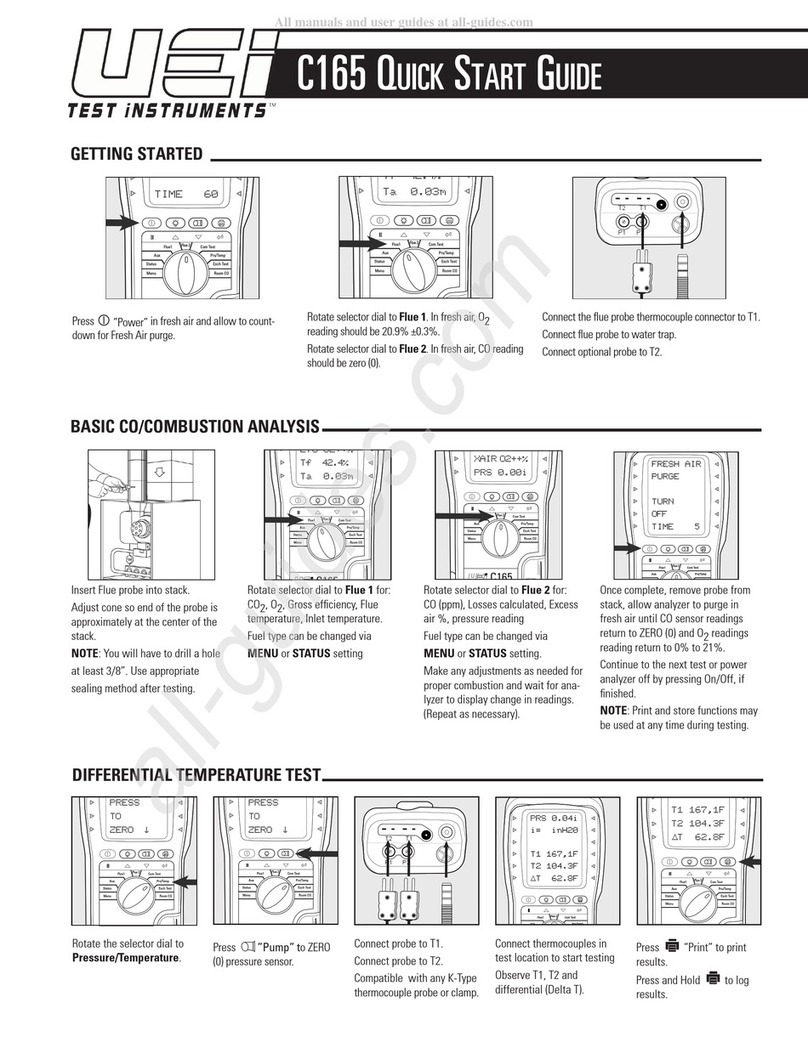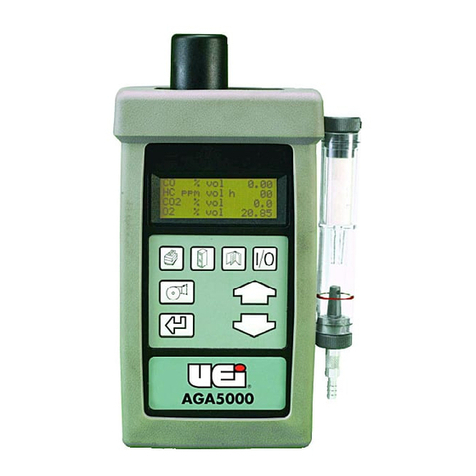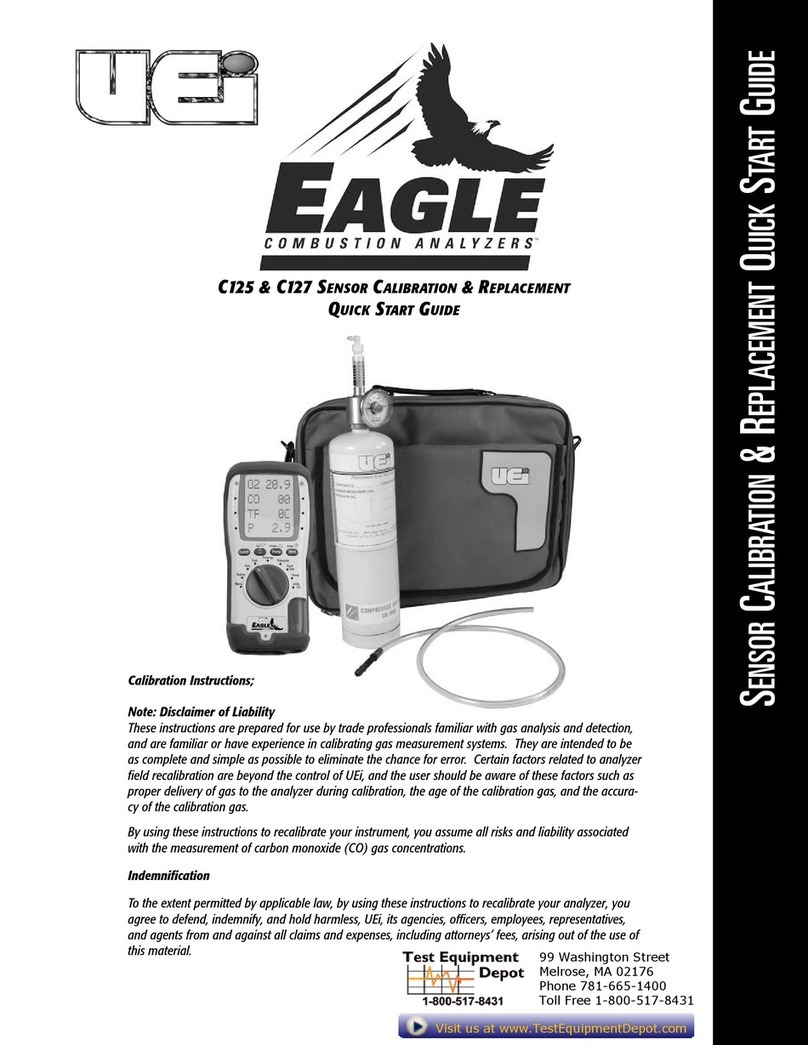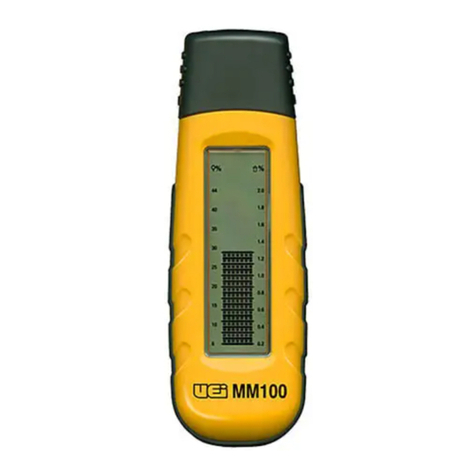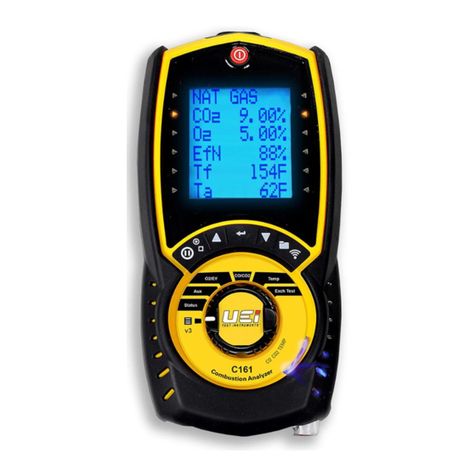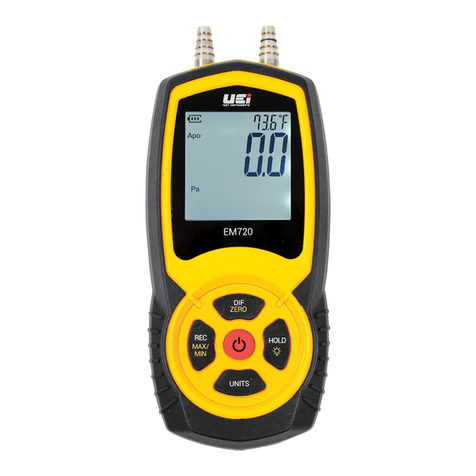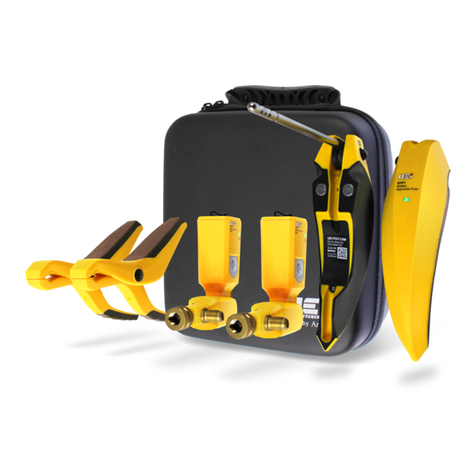Table of Contents
Table of Contents................................................................................. 2!
Package Contents................................................................................. 3!
Features and Use.................................................................................. 4!
General ............................................................................................ 4!
Proper Use....................................................................................... 6!
External Features............................................................................. 7!
Display ............................................................................................ 8!
Keys .............................................................................................. 13!
Using the Pressure Gauges............................................................ 16!
Using Pressure Recall Modes ....................................................... 16!
Using Temperature Modes............................................................ 16!
Specifications..................................................................................... 19!
Care & Maintenance .......................................................................... 20!
General Care ................................................................................. 20!
Replacing Batteries ....................................................................... 20!
Cleaning ........................................................................................ 21!
Maintenance .................................................................................. 21!
Calibration..................................................................................... 22!
Troubleshooting ................................................................................. 23!
End-of-Life Disposal ......................................................................... 26!
Warranty ............................................................................................ 27!
Limitation of Liability........................................................................ 29!
Service and Support ........................................................................... 31!
Refrigerant Expansion................................................................... 31!
Contact Information ...................................................................... 31!
Return for Service.............................................................................. 32!
Product Regulatory Information ........................................................ 36!












